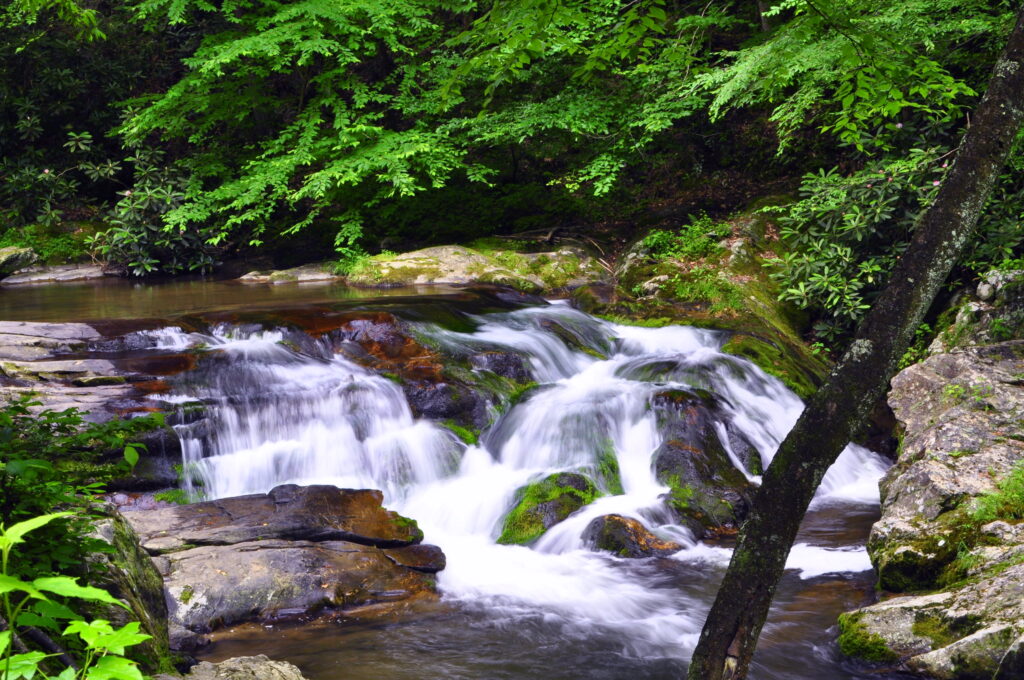
Researchers at the Department of Energy’s Pacific Northwest National Laboratory in Richland, Washington are working with industry to develop a method of extracting valuable materials from various sources of water. The technique is the 21st-century equivalent of panning for gold in rivers and streams.
The patent-pending technology makes use of magnetic nanoparticles that are surrounded by an absorbent shell that latches on to specific materials of interest that are found in certain water sources. These sources could include water in geothermal power plants (known as geothermal brines), water pulled from the subsurface during oil or gas production, or possibly effluents from desalination plants. Extracting valuable materials from geothermal brines could greatly enhance the economics of geothermal power plants.
The initial focus of the development is on lithium, which is an essential element in many high-technology applications, especially in the batteries that power cell phones, computers, and electric cars. The global market for lithium is projected to reach over $8 billion a year by 2028 and very little of it is currently produced in the United States.
The tiny particles are added to the water and any lithium is drawn out of the water and is bound to them. Using magnets, the nanoparticles can be readily collected. Once the particles are no longer suspended in liquid, the lithium can easily be extracted, and the nanoparticles can be reused.
PNNL is developing the technology in partnership with a company called Moselle Technology as well as with other commercial partners. This new technology offers the promise of extracting critical materials in a quick, cost-effective manner.
**********
Web Links
Tri-Cities Scientists “Magically” Mining Metals From Water
Photo, posted June 4, 2012, courtesy of Tom Shockey via Flickr.
Earth Wise is a production of WAMC Northeast Public Radio
Leave a Reply